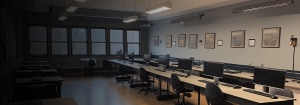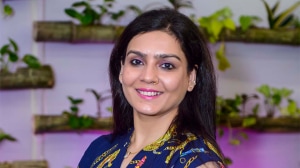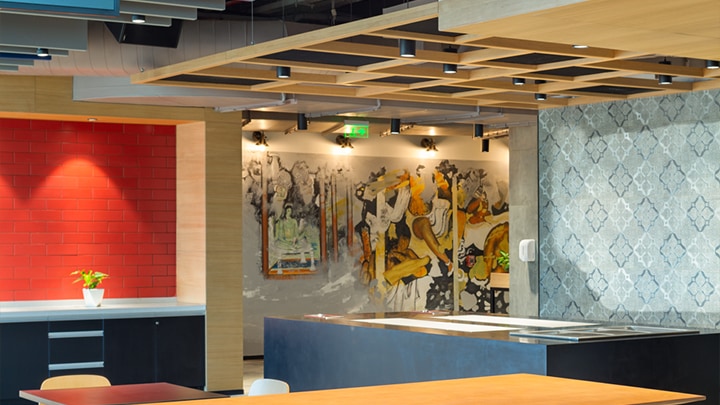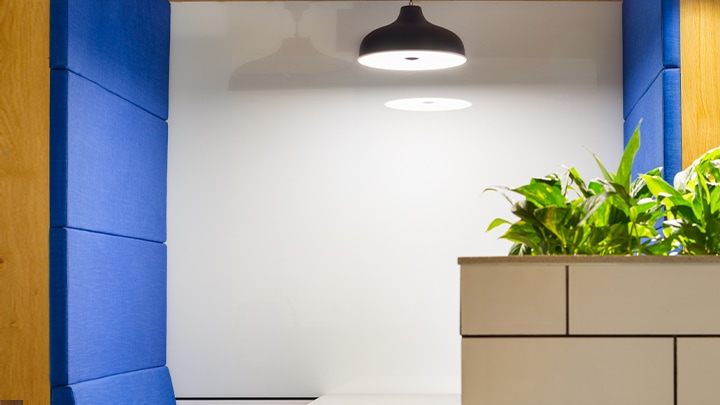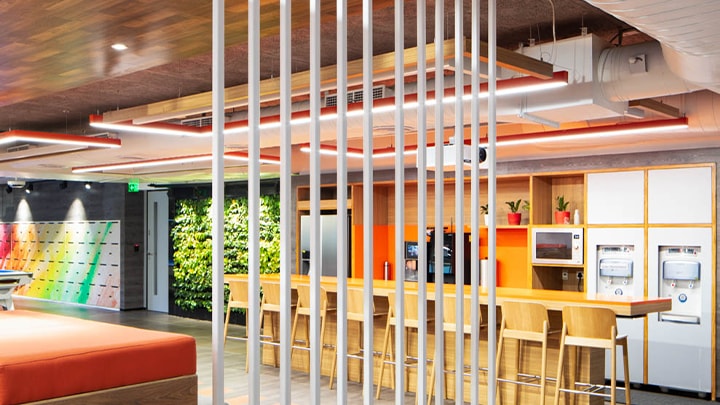Shweta Grover is an award-winning architect with over 20 years of experience in crafting spaces. She believes in innovation and out-of-the-box thinking and has collaborated with leading companies, both in India and internationally to create visionary work environments and real estate portfolios. She is a well-known public speaker, and her passion for her work is evident in the transformative strategies she adopts in her work.
In a recent interview, she shares some insights into her approach towards design and how workspaces have evolved over the last few years. Having been in the space of workplace design for more than 17 years, Shweta has witnessed the growth of this sector since its nascent stage.

